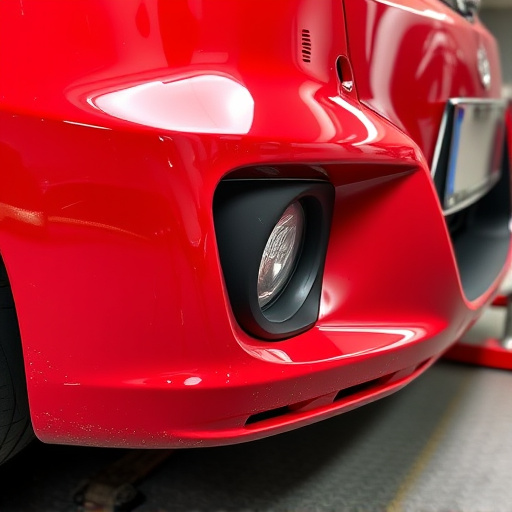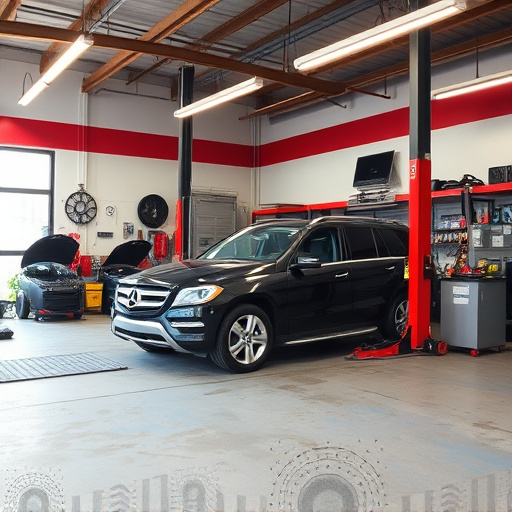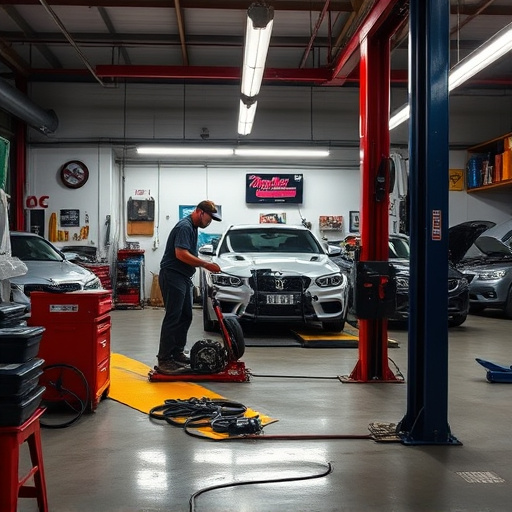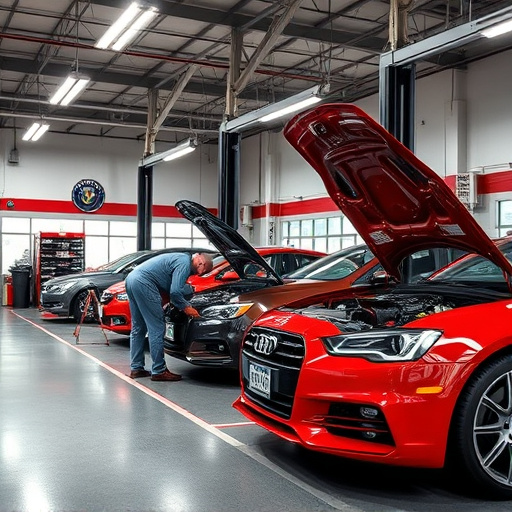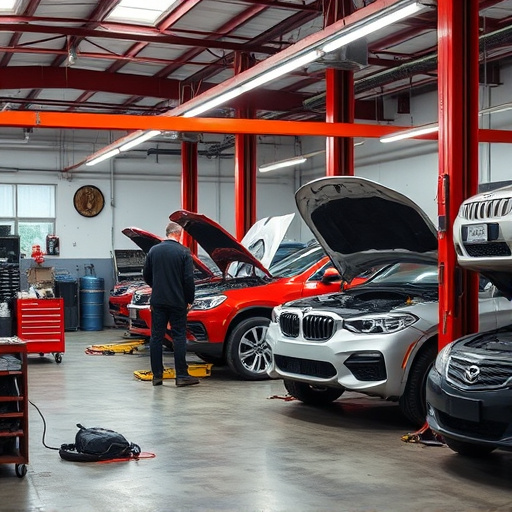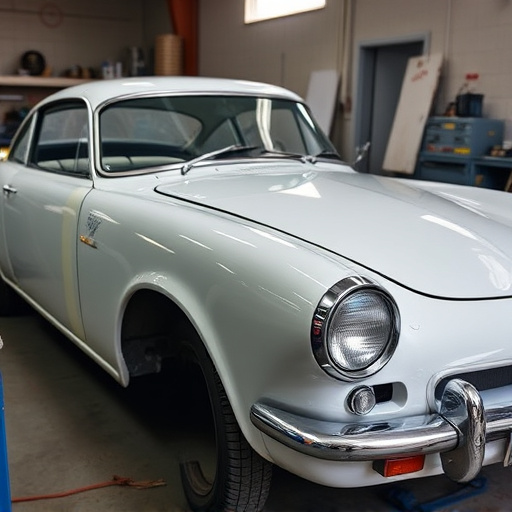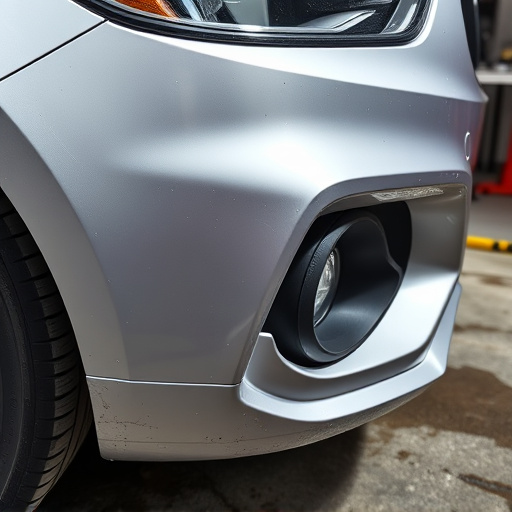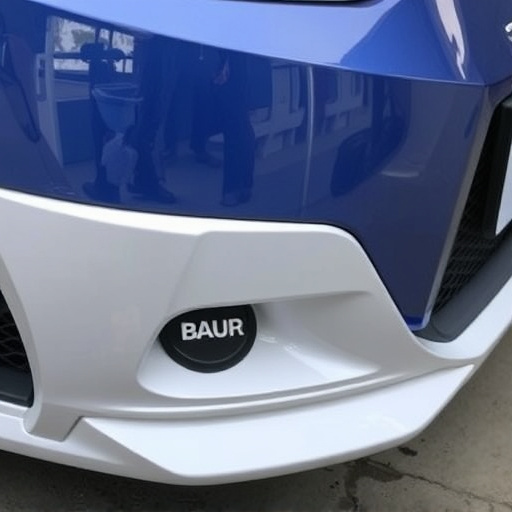ADAS (Advanced Driver-Assistance Systems) system verification is a critical process ensuring vehicle safety and reliability through rigorous testing of sensors, software, and hardware under diverse conditions. This validation extends to real-world scenarios like obstacle detection, driver warnings, and automated braking, aiming to prevent crashes. Essential during auto repair and services, ADAS verification maintains safety, identifies early failures, boosts consumer confidence, and supports the evolution towards autonomous driving. By simulating various driving situations, engineers ensure accurate and reliable system performance, enhancing overall vehicle security and reducing accident risks.
“Advancements in autonomous driving heavily rely on the robust functionality of ADAS (Advanced Driver Assistance Systems) system verification. This critical process ensures that crash avoidance technologies operate seamlessly and safely. By simulating real-world scenarios, verifying sensor fusion, and validating decision-making algorithms, ADAS system verification plays a pivotal role in enhancing vehicle safety. This article explores the intricacies of this process, its impact on crash avoidance technology, and the numerous benefits it offers, while also peering into its future prospects.”
- Understanding ADAS System Verification
- The Role of Verification in Crash Avoidance Technology
- Benefits and Future Prospects of ADAS System Verification
Understanding ADAS System Verification

ADAS System Verification is a critical process that ensures the reliability and performance of Advanced Driver Assistance Systems (ADAS) in vehicles. This verification involves rigorous testing and validation to confirm that ADAS sensors, software, and hardware function as intended under various conditions. It’s not just about checking if the systems work; it’s about validating their effectiveness in real-world scenarios, from detecting obstacles and warning drivers to automating braking and steering to avoid crashes.
In an auto repair shop or during routine tire services, ADAS system verification plays a pivotal role in ensuring safety. Regular auto maintenance routines can help keep these systems optimized, but third-party testing is often required to guarantee their accuracy and responsiveness. By subjecting ADAS components to simulated and real-world challenges, engineers can identify potential failures, bugs, or performance issues early on. This proactive approach not only enhances vehicle safety but also boosts consumer confidence in these cutting-edge technologies, encouraging adoption while ensuring a smoother transition to more autonomous driving capabilities.
The Role of Verification in Crash Avoidance Technology
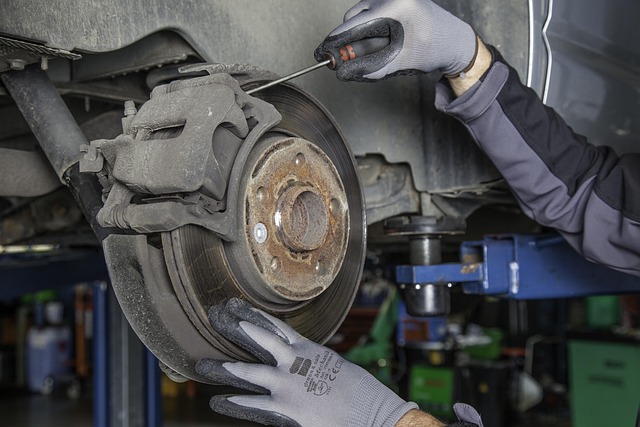
The role of ADAS system verification is paramount in advancing crash avoidance technology, ensuring vehicles are equipped to navigate safely on the roads. This meticulous process involves rigorous testing and validation of Advanced Driver Assistance Systems (ADAS) components, including sensors, cameras, radars, and software algorithms. By simulating real-world driving scenarios, engineers can verify the accuracy and reliability of these systems in detecting obstacles, predicting potential collisions, and providing timely warnings to drivers.
Effective ADAS system verification plays a pivotal role in enhancing vehicle safety, ultimately reducing the risk of accidents and mitigating damage in the event of a collision. This is particularly crucial for an automotive body shop or collision center, where repairs often involve intricate systems and components that must function seamlessly following a crash. Through thorough testing and validation, manufacturers can ensure these advanced safety features perform optimally, contributing to a safer driving experience for everyone on the road.
Benefits and Future Prospects of ADAS System Verification
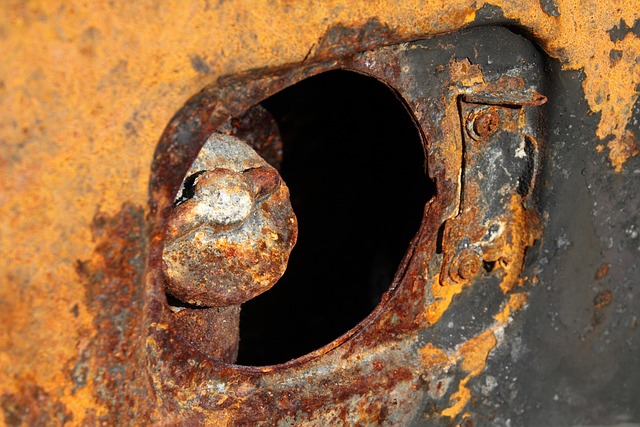
The benefits of ADAS (Advanced Driver-Assistance Systems) system verification are multifaceted and crucial for enhancing vehicle safety. This process ensures that technologies like adaptive cruise control, lane-keeping assist, and collision avoidance work flawlessly together, reducing the risk of accidents significantly. By rigorously testing these systems in various real-world scenarios, manufacturers can identify and rectify issues early in the development stage, leading to improved overall performance and reliability. This not only saves lives but also reduces the economic burden associated with crashes, making it a critical investment for automakers.
Looking ahead, the future of ADAS system verification promises even greater integration and sophistication. As autonomous driving capabilities advance, these systems will become more complex, requiring sophisticated testing methods to match. The continuous evolution of technologies like sensor fusion, machine learning algorithms, and high-definition mapping will further emphasize the importance of thorough verification. Moreover, as vehicles become increasingly connected to each other and infrastructure (V2X communication), ensuring seamless interaction between various ADAS components becomes paramount. This includes not just mercedes benz repair and car bodywork services but also maintaining and repairing bumper systems that play a vital role in impact protection, all while keeping up with the dynamic landscape of road safety regulations.
ADAS system verification is a pivotal process, ensuring the safety and reliability of advanced driver-assistance systems. By rigorously testing and validating these complex systems, we can significantly reduce road accidents and enhance overall driving experiences. As technology evolves, continuous improvement in ADAS verification methods will be key to meeting the growing demands for autonomous and safe vehicles, ultimately saving lives and shaping a more secure future on our roads.
